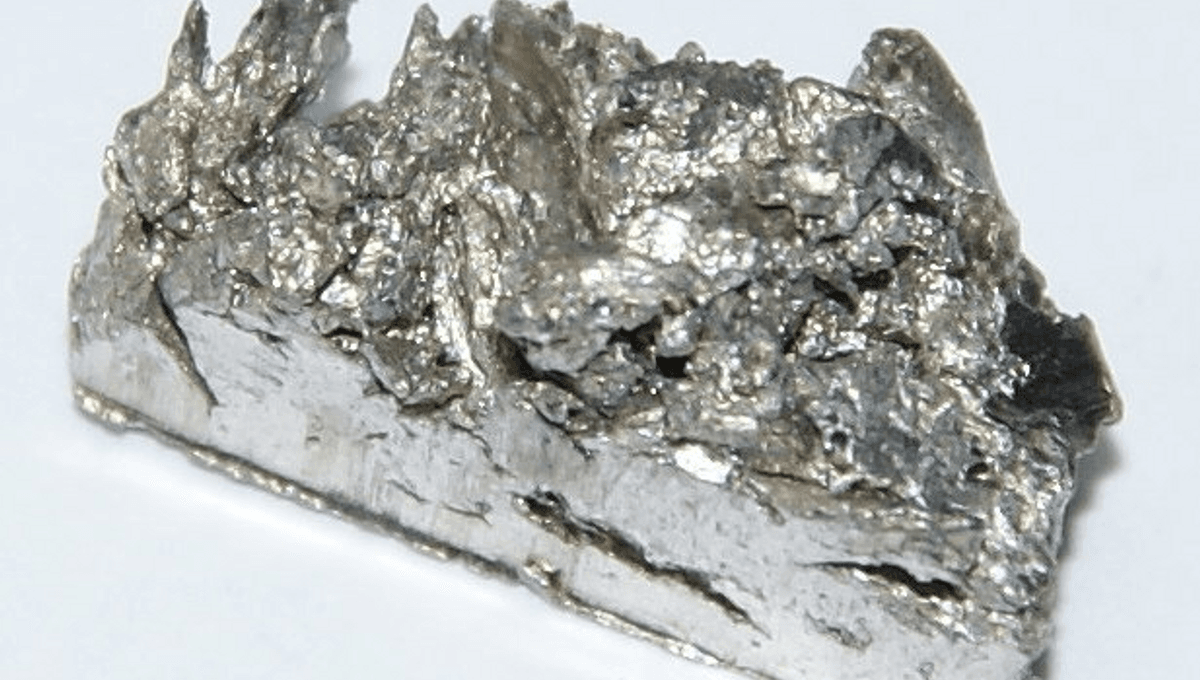
When quantum physicists refer to something as “strange” you know it’s really doing something odd. People who’ve got comfortable with superposition and “spooky action at a distance” have a high bar for what is weird. Yet certain elements have earned the category “strange metals” because how they conduct electricity is different from more familiar metals and is yet to be understood. The latest example of this quirkiness, more noticeably strange to physicists than others, is that has two absorption peaks for radiation instead of the usual one.
Ytterbium combines strangeness in its conductivity with possibly the most improbable-sounding name among the naturally existing elements. It’s not particularly rare, being more common in the Earth’s crust than about half the sub-Uranic elements, but it’s hardly familiar.
A Japanese-American collaboration has explored ytterbium’s strange conductive behavior, and report in a new paper that the weirdness goes all the way down.
Its interest to Dr Yashar Komijani of the University of Cincinnati is that, when it carries current, ytterbium doesn’t behave like familiar conductors like copper or aluminum. “In a metal, you have a sea of electrons moving in the background on a lattice of ions,” Kominjani said in a statement. “But a marvelous thing happens with quantum mechanics. You can forget about the complications of the lattice of ions. Instead, they behave as if they are in a vacuum.”
Under cold conditions, ytterbium is more conductive than theory should allow. This could prove useful in the search for high-temperature superconducting materials, but it also presents an anomaly Komijani and co-authors hope to explain.
The authors exposed ß-YbAlB4 – an alloy of ytterbium, aluminum, and boron – to gamma rays to see how the response varied with temperature and pressure. This is slightly ironic, because one of the main uses for ytterbium is as a gamma ray producer.
Gamma rays are usually produced through radioactive decay, but each decay process produces photons of a particular energy. To produce gamma rays on demand, the team accelerated protons in a synchrotron and used the gamma rays emitted when they smashed into walls to perform Mössbauer spectroscopy, a process that can detect very small changes in the chemical environment of nuclei.
When the temperatures were kept very low, the alloy shifted from “strange metal” to a “Fermi liquid”, the familiar state of most elements, as the pressure was raised.
The authors witnessed charge fluctuations producing a double peak in the absorption spectrum. “We interpret this spectrum as a single nuclear transition, modulated by nearby electronic valence fluctuations,” they write.
The observations depend on the timing of the charge fluctuations, which occur in a period of a billionth of a second. By quantum standards, this is exceptionally slow, something the team attributes to vibrations in the lattice.
While admitting they are not certain, the authors think their results may represent a shift back and forth between what would be considered Yb2+ and Yb3+ ionic states in classical physics, but is more complex in a quantum world.
The authors think the double peak may not be unique to ytterbium, but instead may be a distinctive feature of all strange metals, one which can be used both to identify and explain them.
Ytterbium got its strange name from Ytterby, a Swedish village near which a sample containing it was found. It is classified as a rare Earth, but at 0.3 parts per million in the Earth’s crust, it’s more common than most other members of that category, including its neighbors on the periodic table thulium and lutetium.
The study is published in Science
Source Link: “Strange Metal” Ytterbium Gets Even Stranger When Hit With Gamma Rays